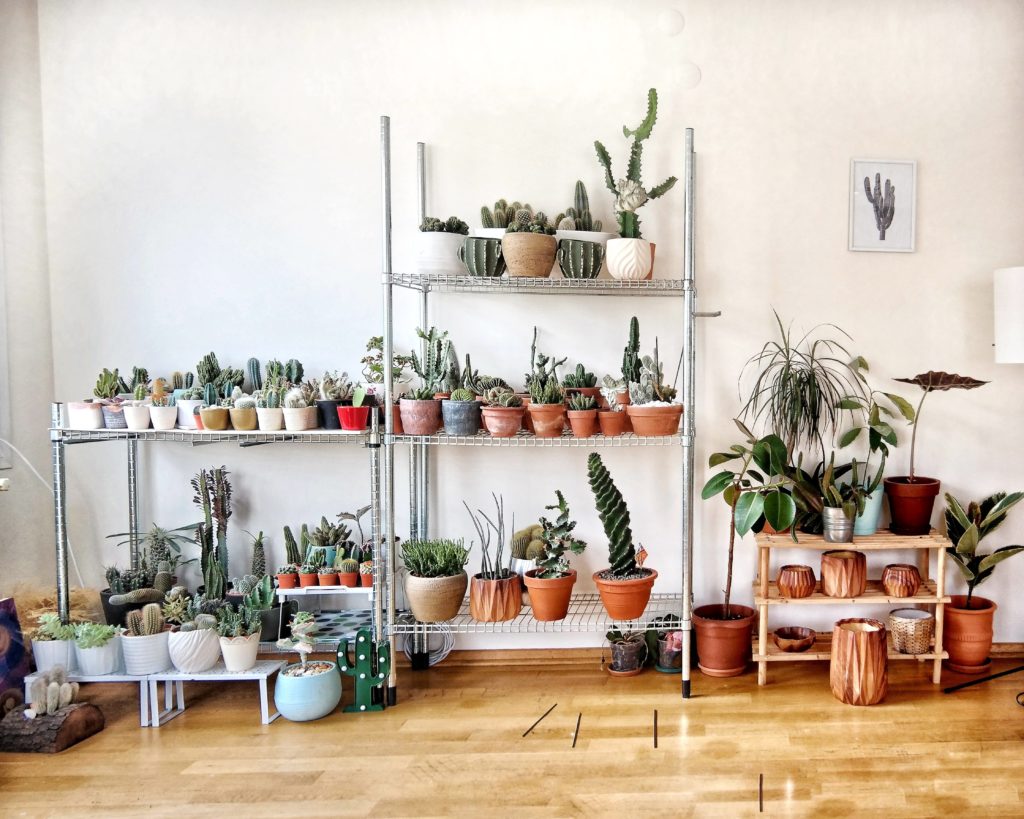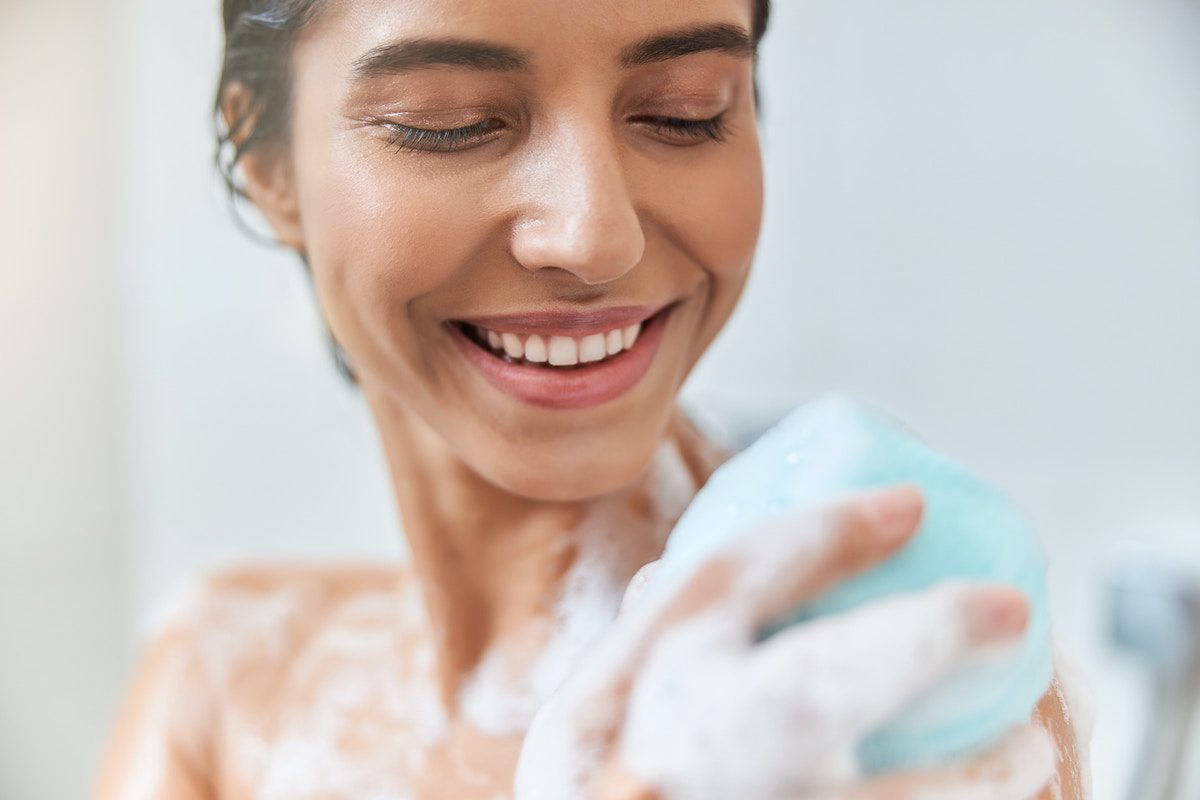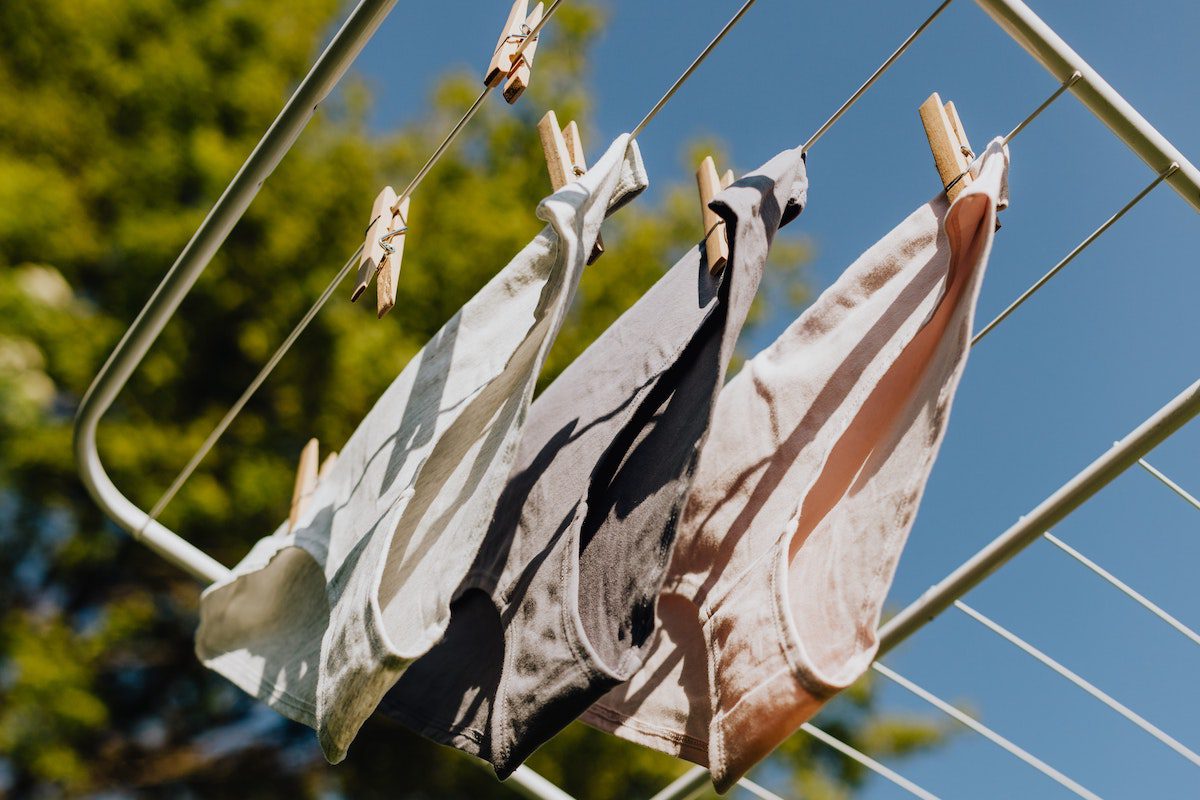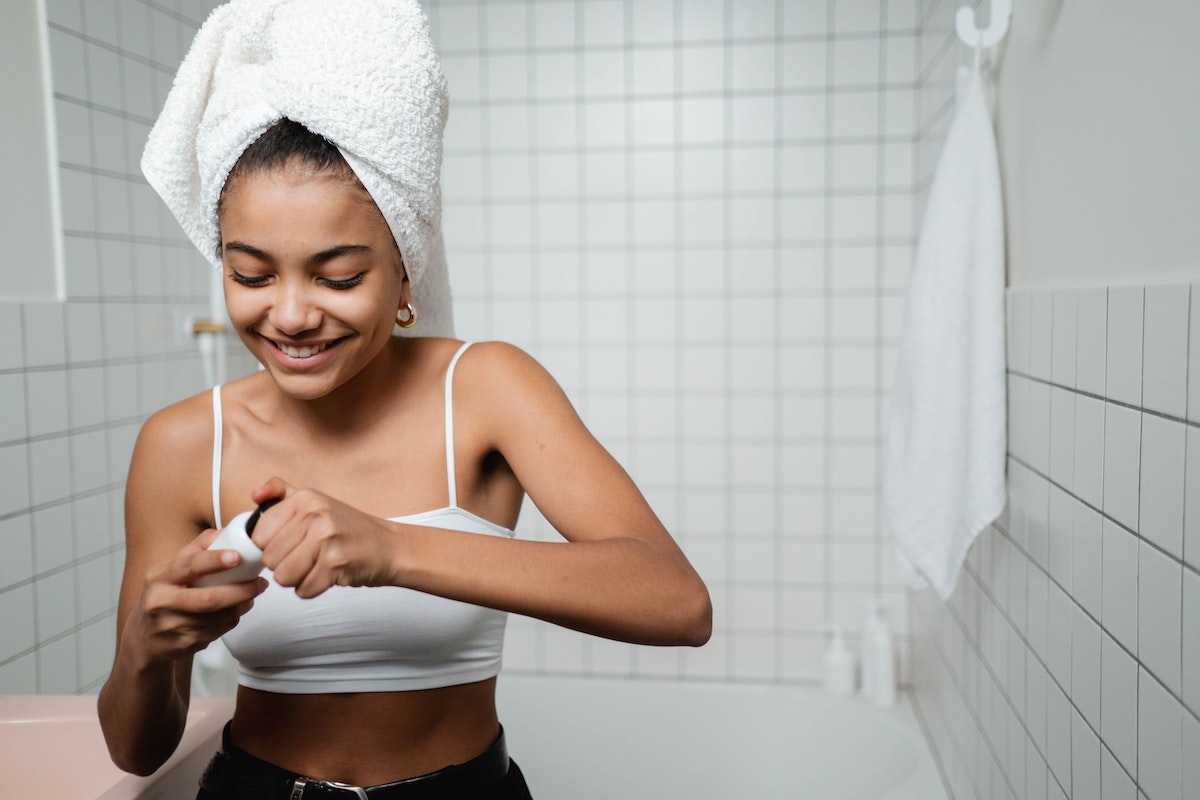How to Develop a Green Thumb (Even If You Live in a Tiny Apartment)
You’d be hard-pressed to scroll through Instagram without coming across at least one photo of a beautiful plant-filled apartment. These days, it seems like everyone is a so-called “plant lady” or blessed with a green thumb. In fact, a 2018 National Gardening Survey finds that 77 percent of American households partake in the activity of gardening, and 29 percent of these plant-filled households are made up of people in the 18-34-year-old age range.
You don’t have to have tons of outdoor space to become a plant lady yourself. Plants can totally thrive indoors, even in a tiny apartment. Here’s how to grow your green thumb and cultivate a magical green space you’ll want to show off on Instagram.

Determine your “plant parent personality”
If you’re ready to join the rest of the green thumb millennials who’ve hopped on the plant bandwagon, your first step is to determine how much time and effort you’re willing to put in to caring for your plants.
“The most important thing is understanding your plant parent personality,” says Maria Failla, host of the indoor plant podcast Bloom & Glow Radio (and self-described “succulent killer turned crazy plant lady”).
What’s your schedule like? Are you looking for something you only have to water once a week, or are you going to be a Type A green thumb plant parent? “If you’re traveling for two weeks at a time and just want plants because you know they clean the air and look pretty, I’m going to recommend different plants for you versus someone who wants to be super-involved,” says Failla.
With its long leaves, Failla’s all-time favorite plant to gift to people is the jungle-esque sansevieria (a.k.a. snake plant) because it’s very low maintenance. “It needs to be watered very infrequently,” she says. “I water mine once a month.”
Calathea plants, which “have leaves that look like they’re hand-painted by Mother Nature,” says Failla, require more TLC and would therefore be a better option for someone with lots of time to spend on care.
Consider your apartment’s lighting
Natural light is key to keeping plants healthy.
“What we have to understand as millennials living in big cities is that every apartment has a different indoor lighting environment,” says Failla. There are so many factors that will affect how much light your plants will get naturally. Southern-facing windows get the most light, says Failla, followed by western-, then eastern-, then northern-facing windows.
“If you have a northern-facing window, then you have a limited amount of low light plants you can put in your window that are going to thrive,” Failla says.
How many windows you have and how far from the window you can bring your plant are important too, she adds. (Listen to Failla’s podcast episode on how to measure indoor light.) If you realize you have low light, say, your apartment is in a basement, Failla notes that grow lights have become affordable and easy to install. (Episode 12 of her podcast is all about grow lights.)
Plants that do well in low to moderate indoor light include snake plants, ZZ plants, philodendron Brasil plants, and pothos plants (which, we need to note, are toxic to pets).
“Pothos is the plant I learned the most with because it tells you when it’s sad,” says Failla. “It gets limp when it’s dry and needs water.” Succulents, meanwhile, won’t do well in northern-facing windows. “I advise against succulents unless you have super-bright light,” says Failla. “They need great conditions in order to thrive. I have many friends who’ve brought a succulent home, it died on them, and they thought they were plant killers.”
Be smart about watering
First things first: You have to make sure you have drainage in every pot, says Failla. “When I was a plant killer, I wanted to have succulents in my apartment,” she says. “I put them in really adorable vintage tea cups and candle holders, and there was no drainage at the bottom so I drowned them every time I watered them.” Terra cotta pots are a good option, says Failla, because even inexpensive ones look chic.
When you do water a plant, you should do so thoroughly, until water comes out of the bottom of the pot, says Failla. “Once water is coming out of the bottom of the pot, stop your watering from the top and let it drain out,” she suggests. Bottom watering is another option. This involves taking a bowl that’s larger than your plant pot, filling it with water, and putting the plant in the bowl. “The soil will wick up the exact amount of water it needs from the bowl,” says Failla.
That said, don’t go overboard.
“Over-watering causes the majority of plant deaths,” says Failla. “Unless you have a moisture-loving fern or calathea, you’re going to want to make sure you’re not watering every other day because that plant is probably going to sit in wet soil and the roots are going to rot, and that’s how most plants die.” How do you know your plant has had enough H20? Stick your finger deep into the soil. It should be dry up to a knuckle or two, says Failla.












